Mie's Ever-evolving Tradition: Suzuka-zumi Ink
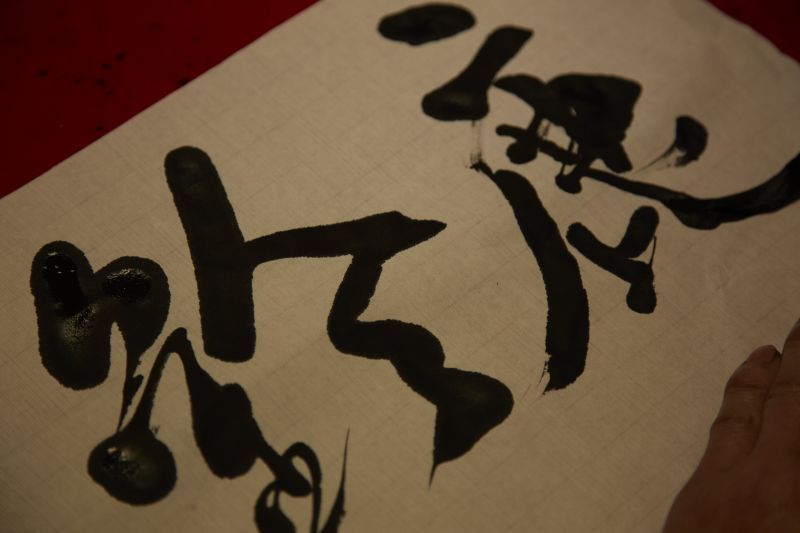
You’ve probably seen traditional Japanese sumi ink in some form, whether in traditional black ink-brush paintings or a piece of calligraphy. For almost 1,300 years, just three simple ingredients — soot, nikawa glue and natural fragrance — have been combined to create a medium for expressing people’s thoughts and desires through pictures and words. Mie-made Suzuka-zumi ink is one of these mediums, and is lauded for its high quality, sense of depth and variety of shades. It has been popular with calligraphers across Japan for centuries because of its many beautiful shades and ease of use.
Written by Lisa Wallin
What is Suzuka-zumi Ink and How is it Used?
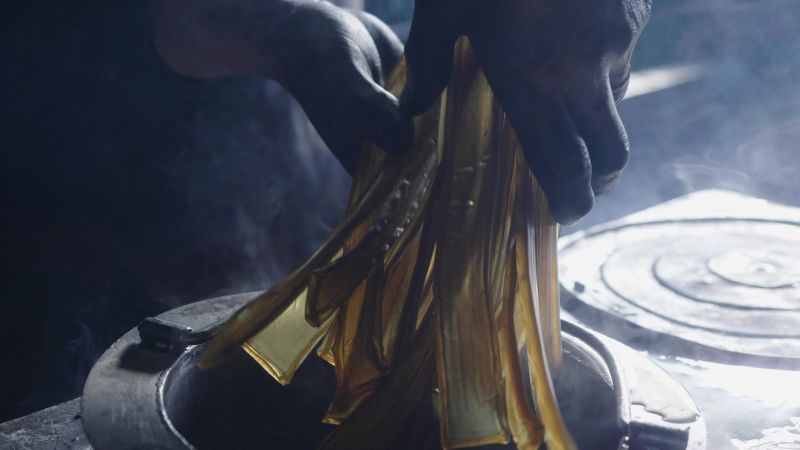
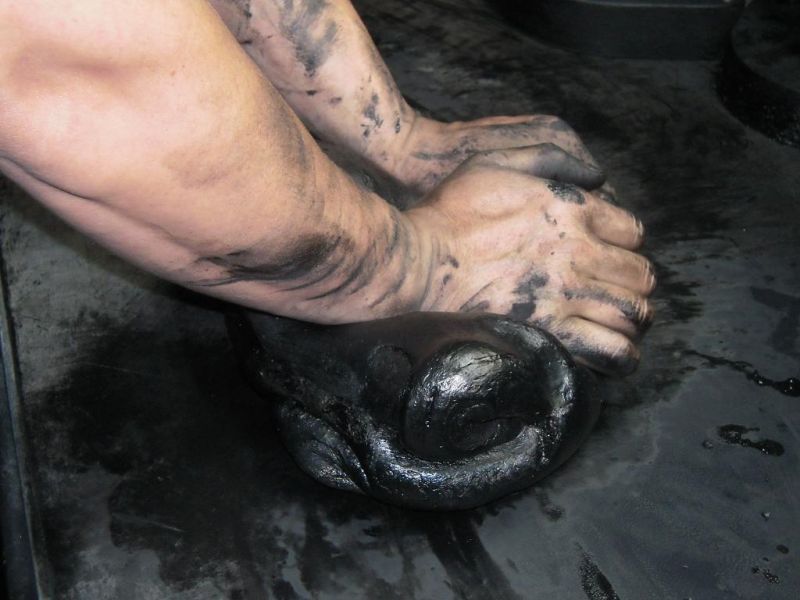
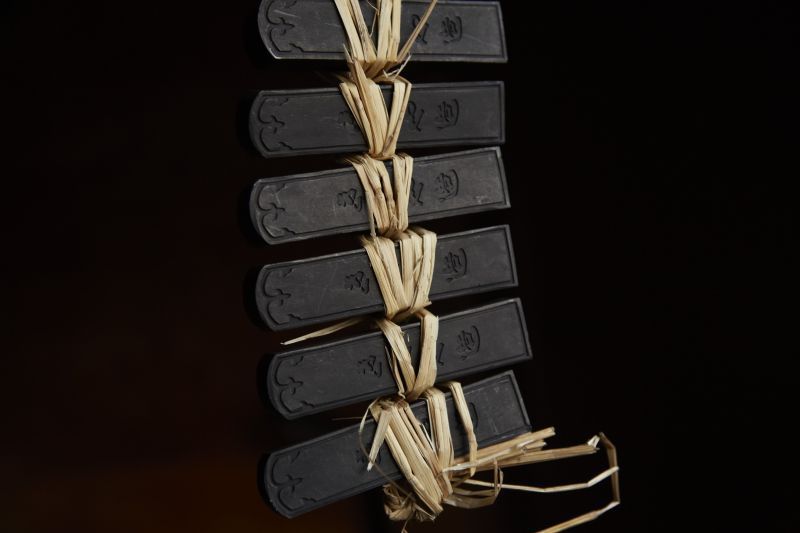
Suzuka City in Mie Prefecture has been a center for sumi ink production since the Heian era (794-1185) thanks to its abundant natural resources. The pine trees here produce excellent quality soot when burned, and the water quality is especially suitable for creating good glue viscosity. The soot is molded together with nikawa glue (made from animal bones and hides) and natural fragrances into a stick shape. The process is long and laborious, with most of it being done completely by hand. The completed inkstick is then rubbed on an inkstone (known as a suzuri) with a little water to create the right consistency for painting or writing.
Shinseido: Suzuka-zumi Ink Artisans
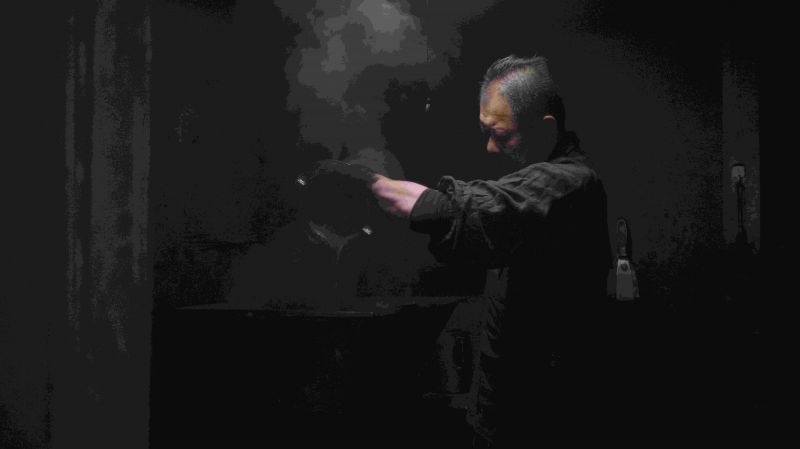
Fewer people write or paint with sumi ink these days, and thus the number of companies that produce it is also decreasing. Today, the only workshop that continues the tradition of Suzuka-zumi ink is Shinseido in Suzuka City. It is run by Kido Ito and his son, Harunobu Ito.
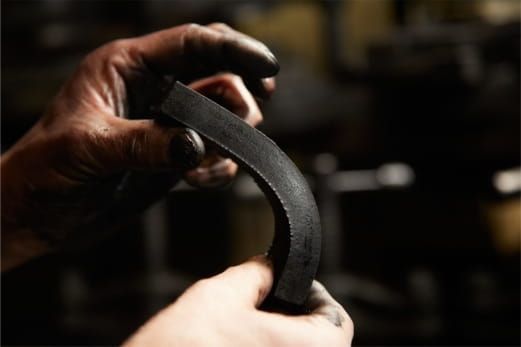
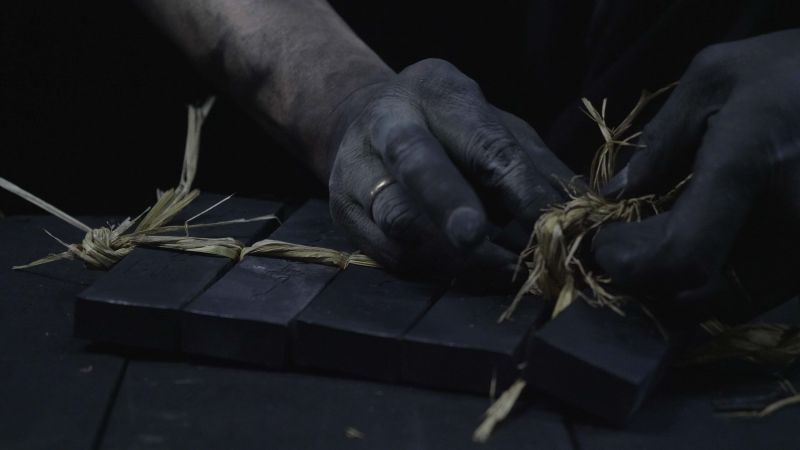
The labor-intensive process to make inksticks involves many different processes and is entirely done by hand to ensure the highest quality. From start to finish, each inkstick takes a long time to complete. Much of the process is dependent on weather conditions, so the artisans adjust their methods almost daily. Their production time is limited, as the nikawa glue is easily damaged by heat and humidity, so they can only work in the cooler seasons from autumn to spring.
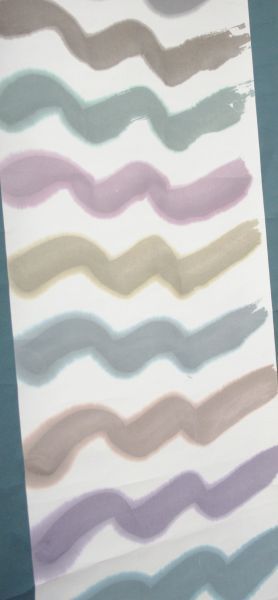
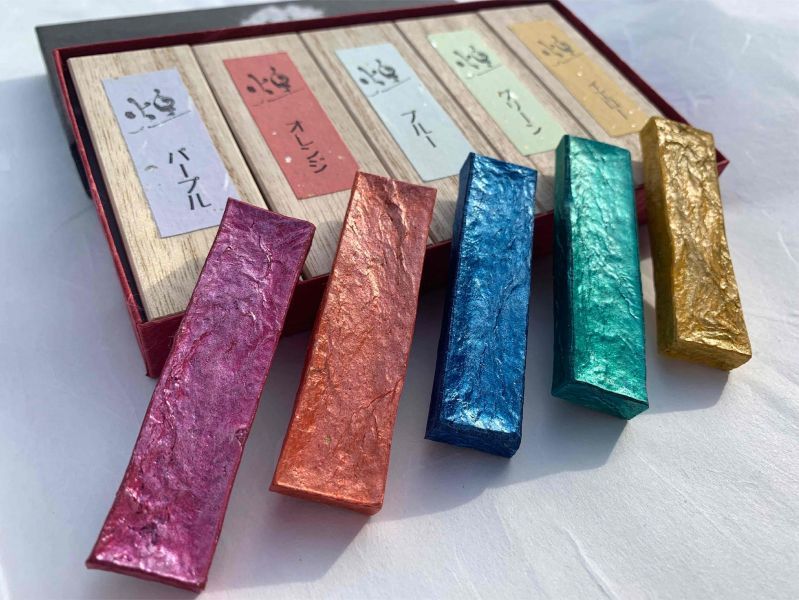
Many people assume that there is only one, or a few shades of black sumi ink. However, thanks to Shinseido’s tireless innovations and drive to please their customers, they now offer about 100-150 different shades of sumi ink! Many may appear to give a monochromatic feel at first glance, but looking closely displays hints of reds, purples and blues. Shinseido has also developed a series of vibrant shades including orange, pink and blue that glimmer in the light. These use natural pigments to create a variety of striking colors, which in turn allow artists to create new and exciting works without sacrificing the immaculate quality created by traditional inksticks.
Artist Who Loves Suzuka-zumi
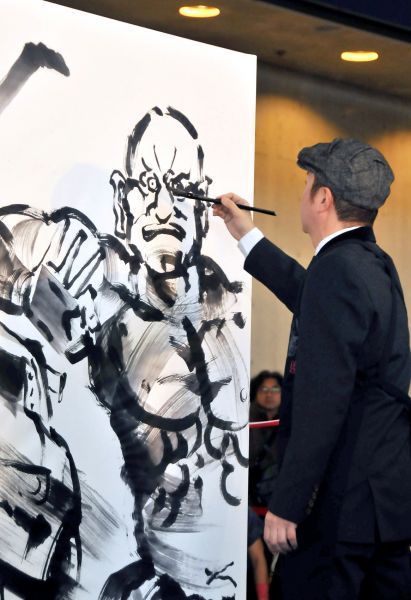
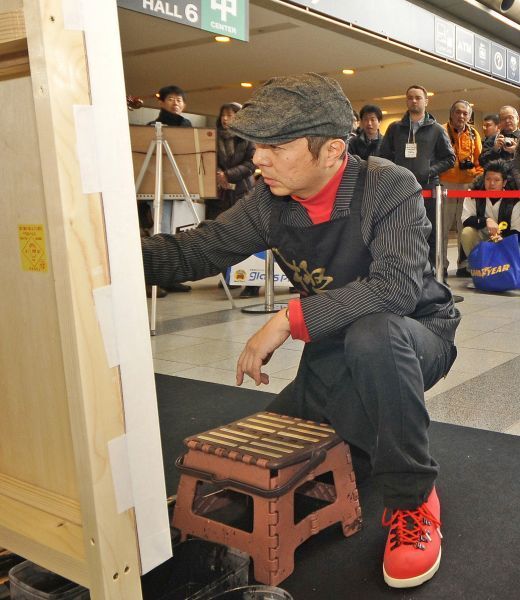
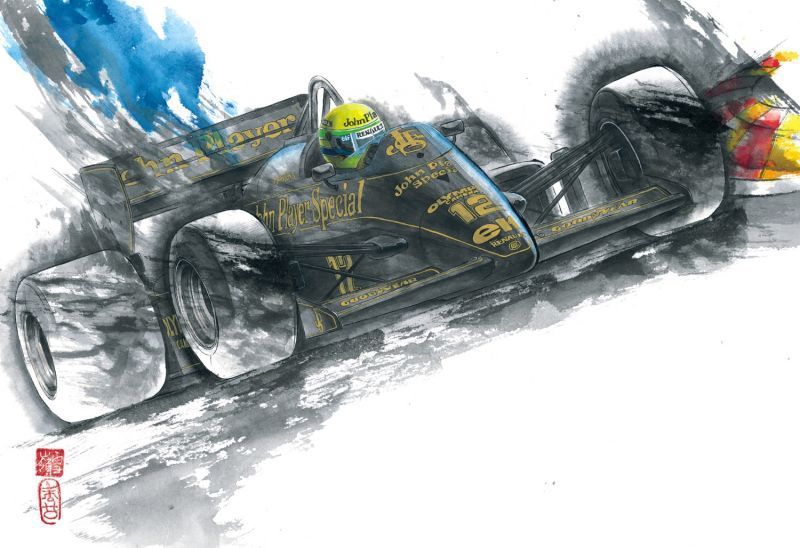
Calligraphers and painters across the world who use Suzuka-zumi ink by choice claim it is one of the best inks they can get their hands on. One such artist is Hiroshi Tarui, an illustrator whose unique drawing method incorporates traditional ink painting techniques. A self-proclaimed big motor sports fan, many of his works revolve around the world of motor sports and depict F1 and GT race cars. He regularly exhibited at Suzuka Circuit — “sacred ground” for motor sports enthusiasts in Japan.
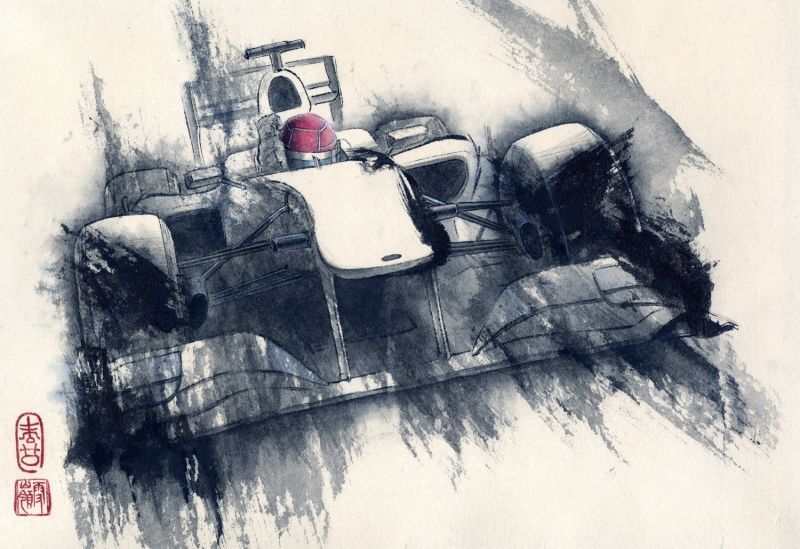
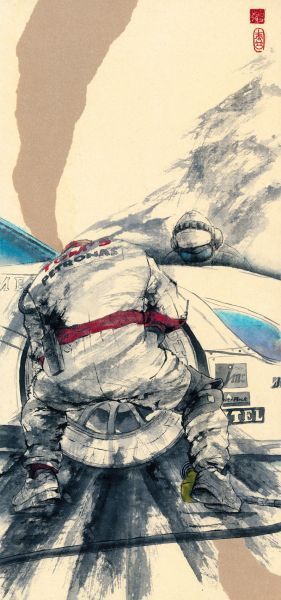
It was at Suzuka Circuit that Mr. Tarui had a serendipitous introduction to Suzuka-zumi ink, which led to a love affair with the material. After a staff member at the Suzuka Circuit mentioned the ink to him, he immediately called Shinseido in search of a particular ink shade he wanted for a painting. Kido Ito suggested a shade called “Rin,” which is an elegant semi-transparent black ink with a bluish tint. This shade was perfect for expressing the speed and atmosphere of motor sports that he wanted to convey. He continues to use Shinseido’s sumi inksticks due to the excellent transparency they offer and because he can consult directly with the artisans themselves. Currently, he mainly uses the shoen-zumi that was specially prepared for him.
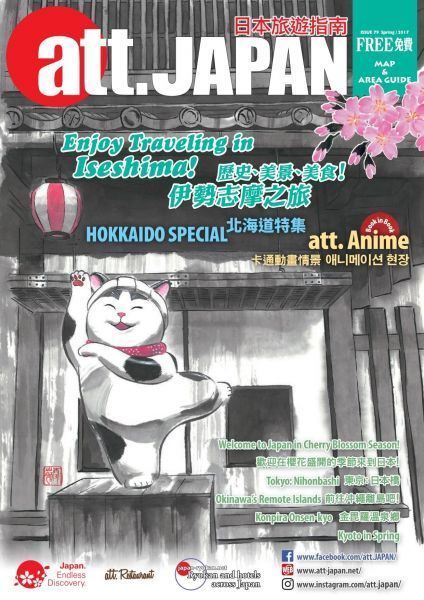
You can find Mr. Tarui’s unique blend of traditional painting and modern high-octane sports themes online and on the cover of a free magazine introducing Japan to international visitors.
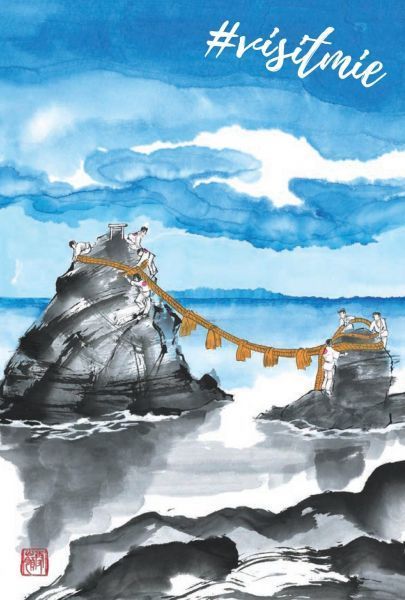
Some of his works depict tourist spots in Mie Prefecture.
Both Shinseido and Mr. Tarui continue to evolve their respective crafts, blending traditional practices and methods with new, exciting ideas. Who knows what they will think up next?
Find out more about Ise-katagami, another of Suzuka City’s traditional crafts, here.